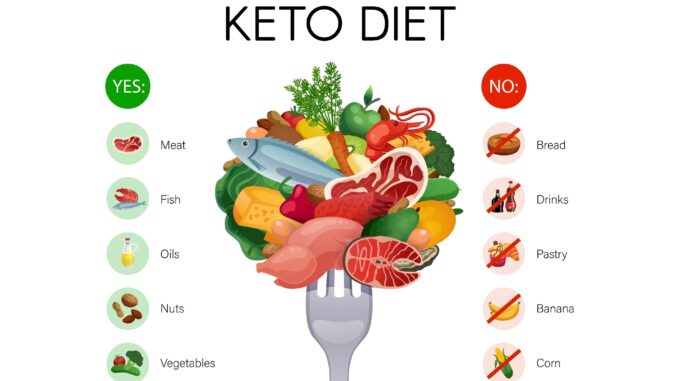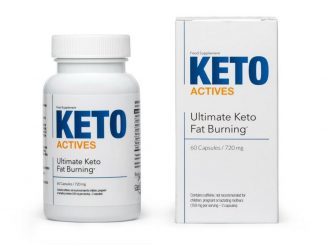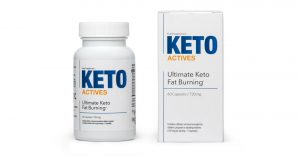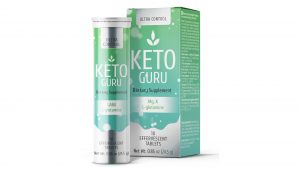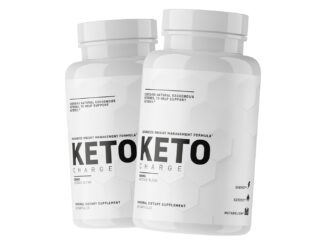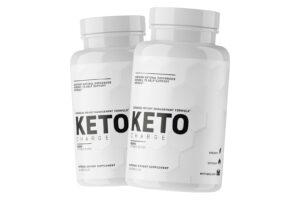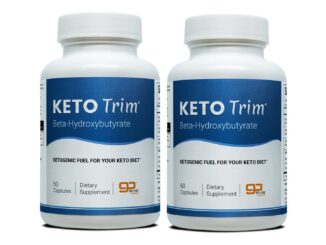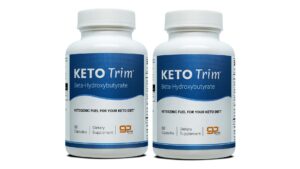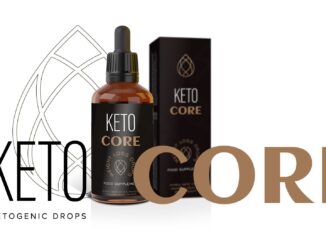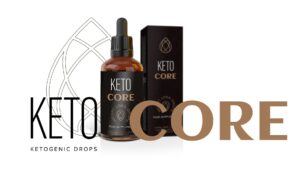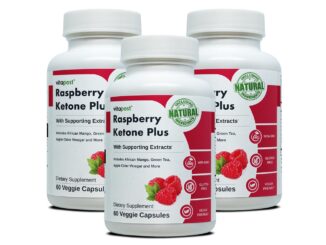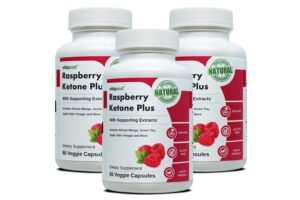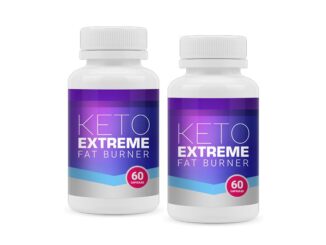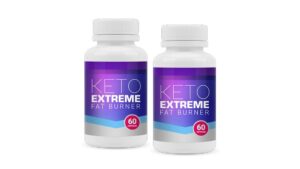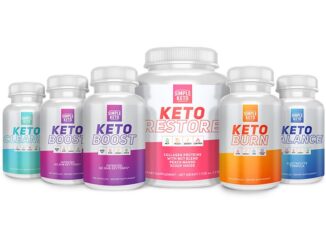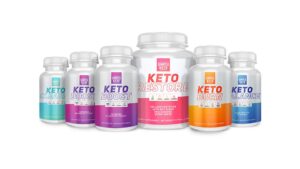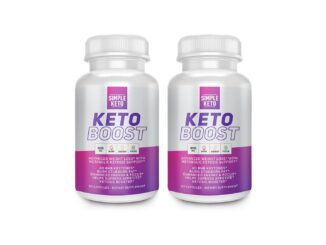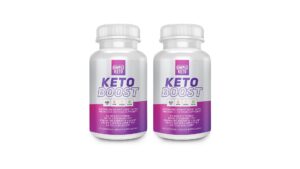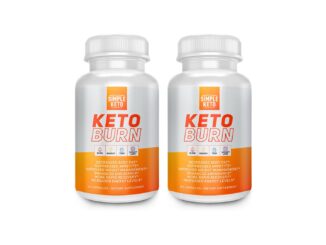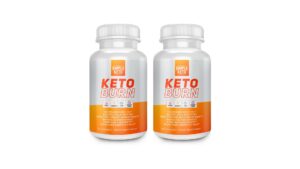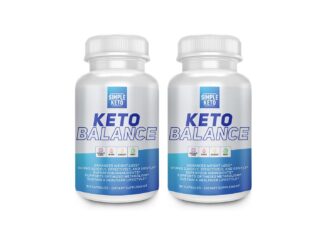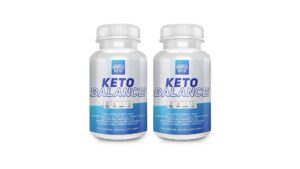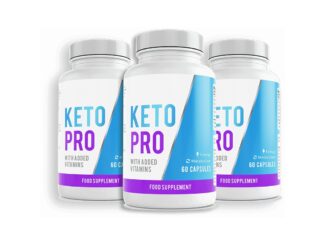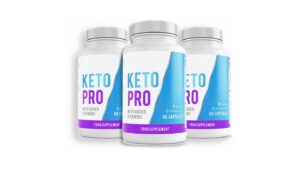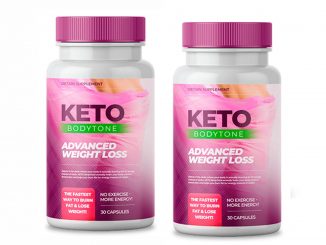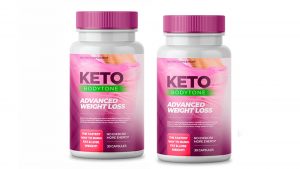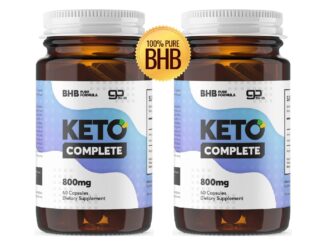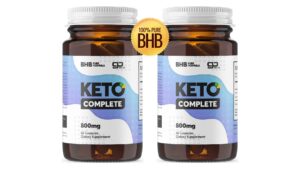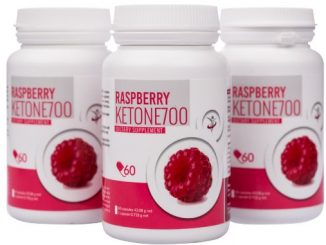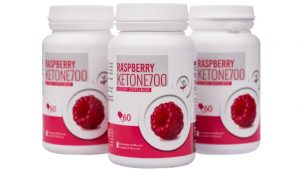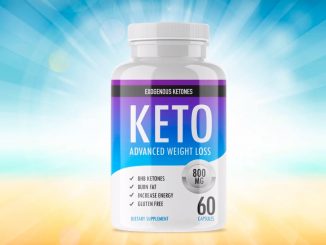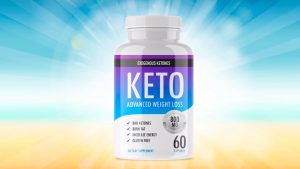The ketogenic diet is a high fat, moderate protein, low carbohydrate eating pattern, which differs from general, healthful eating recommendations. Many nutrient-rich foods are sources of carbohydrates, including fruits, vegetables, whole grains, milk and yogurt. On a keto diet, carbs from all sources are severely restricted. With the goal of keeping carbs below 50 grams per day, keto dieters often consume no breads, grains or cereals. And, even fruits and vegetables are limited because they, too, contain carbs. For most people, the keto diet requires making big shifts in how they usually eat.
For our bodies, a ketogenic diet is actually a partial fast. During a total fast or starvation state, the body has no source of energy. Thus, it breaks down lean muscle mass for fuel. With the keto diet, the ketones provide an alternative source of energy. Unlike a full fast, the keto diet helps to maintain lean muscle mass.
While the diet does have strong scientific support that’s growing every day for promoting health, there’s one significant drawback: it’s not always easy to follow. Fortunately, supplementation may help dieters get into ketosis faster (so their bodies’ preferentially burn fat over glucose) as well as better adapt to this change of metabolism.
“Ketogenic” is the term used to describe the diet’s ability to upregulate ketogenesis or the creation of ketones. This is important because not only are ketones a necessary energy source, they’re the most energy efficient. In fact, they yield more energy than glucose by shifting the metabolism away from using glucose/carbohydrates to burning fat instead. (You can see why ketosis may help burn fat!)


























































